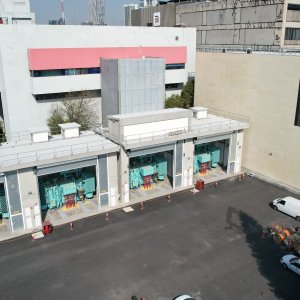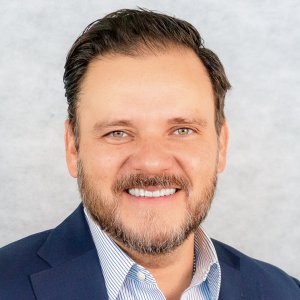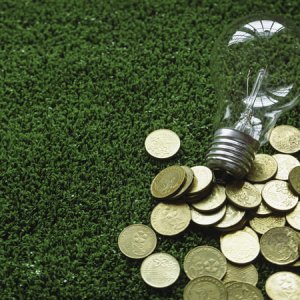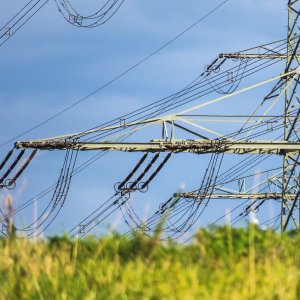
Mexico’s Path to 100%
 By Cas Biekmann | Journalist and Industry Analyst -
Tue, 02/16/2021 - 15:03
By Cas Biekmann | Journalist and Industry Analyst -
Tue, 02/16/2021 - 15:03
Considered a global initiative, the Path to 100 Percent movement seeks to find reliable, quick and cost-effective ways to fully decarbonize electricity. To achieve this, there a variety of paths available to every country. What would Mexico’s roadmap look like? Wärtsilä’s Business Development Executive for Mexico, Central America and the Caribbean, Raúl Carral, sheds light on where to start.
TRENDS IN THE ENERGY MIX
A look at SENER’s latest 2019 figures reveal that Mexico had around 80GW of installed energy capacity. Fossil fuels accounted for 66 percent of the capacity, 56 percent came from natural gas, which has grown at a very fast rate over the past decade and is expected to increase further as a result of newly planned, state-owned CFE powerplants. Renewables and hydroelectricity combined made up 17 percent of the energy, although many MWs of wind and solar have been installed in 2020.
“We see that in the future more and more renewable and intermittent generation will be integrated in the power grids globally, as well as in Mexico. This responds to the increasing competitiveness of wind and solar power generation. Costs are decreasing significantly, breaking world records constantly,” Carral told MBN, adding that renewable assets will help meet the Paris Agreement’s goals and protect the future environment.
Renewable energy does have one downside: intermittency, which occurs because sun and wind are not available throughout the entire day. Carral points out the importance of having power generation that can balance the grid. Hydroelectric plants, of which Mexico has its fair share, will be important. “This is also affected by climate change and the impacts of weather phenomena, making it less predictable and more difficult to control. Therefore, thermal power generation must come into the picture.”
(IN)FLEXIBLE POWER
Flexible power generation means that assets can go from 0 to 100 percent within seven minutes. Examples include Reciprocating Internal Combustion Engines (RICE) and Battery Energy Storage Systems (BESS). While not a power generation asset per se, “these assets fulfill the purpose of balancing the grid whenever there is intermittency by providing power when it is needed,” Carral said. Inflexible assets, such as coal, nuclear and combined cycle power plants simply take over seven minutes to reach a 100 percent load from zero. Often, it takes hours or even days to achieve this, he added.
Flexible power generation is well-suited to balance a grid dealing with increased intermittency; therefore, the world will need to invest more into this area than in inflexible power generation. “If you conceive multimillion-dollar investments in power generation assets, you need to take into account how future-proof these investments are,” Carral said. It is preferrable that these fast-starters are dispatched first. “Independent Power Producers (IPPs) and utilities like CFE will realize they need to look at flexible power generation, and leave out coal, nuclear and gas turbines in combined cycles, since there will be less need for inflexible power.”
A PATH MEXICO CAN FOLLOW
The Mexican government is strongly focused on strengthening CFE. “For that to happen, CFE needs to renew its power generation assets and plan for important investments,” Carral said. This mission can go hand in hand with Mexico’s path to 100 percent. Since billions of US dollars need to be invested, Carral argues CFE should consider looking at competitive and future-proof assets to make every dollar count. “It makes sense to invest in cheap, renewable power together with flexible power generation and make future plans based on a vision that will lead to more profitability, sustainability and reliability of CFE’s power generation and the Mexican power grid. This will make CFE stronger and more competitive.”
In more advanced stages of renewable power generation, there could even be an excess of capacity in Mexico. This excess could be used to generate and store synthetic fuels or to generate hydrogen via electrolysis and electricity. How clean this hydrogen is depends on the energy used to produce it. “If hydrogen is produced using electricity from renewable sources, it could, therefore, be considered as an emission-free renewable energy as well,” Carral said. He also highlighted that several hydrogen projects are underway, which will decrease the costs associated with the fuel. Even existing gas-based power plants could be adapted to run on it. “These fuels will become more mainstream. We see great development in these areas. Wärtsilä has already announced that we will be ready to burn these fuels with our equipment as well, which is a great development toward our green future. The future looks very bright and exciting,” he explained. “We have also conformed a community of outstanding experts in Mexico external to Wärtsilä looking at the best way to find the way to 100% renewable energy penetration.”
Interested in this topic? With climate goals set by international agreements coming ever closer, industry experts agree that to curb emissions and boost the green energy transition a lot of work remains to be done. But with governments, states and private industry starting to pave their paths toward decarbonization, true sustainability remains an elusive concept. This prompts the question: how do we achieve the transition to 100 percent renewable energy? In our upcoming webinar, we examine the issue with a direct focus on the Mexican context, as various industry experts shine their light on what a viable, practical path to 100percent would look like in the country.
















